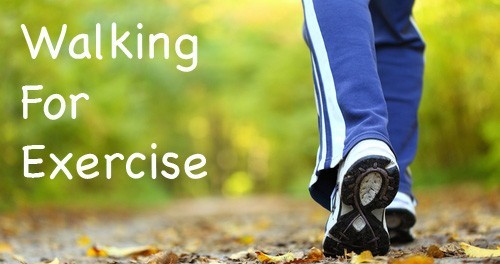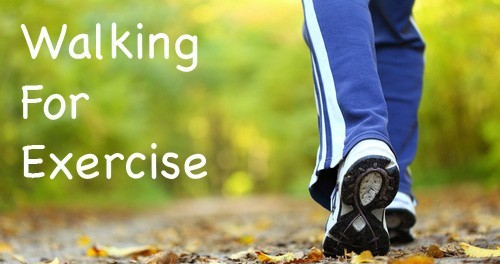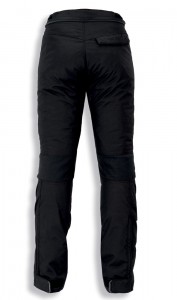Walk Talk Series
Day 51 – Walking in the Rain
Today’s Affirmation
Clouds come floating into my life, no longer to carry rain or usher storm,
but to add color to my sunset sky.
 Today’s Walk Health/Recovery Walk:
Today’s Walk Health/Recovery Walk:
- 45-75 minute walk in the healthy heart zone 50-60% of your maximum heart rate
- Warm up with 5 minutes at a very easy pace
- Find a safe spot with a wall or pole to do a 5 minute easy stretching routine
- Now resume your walk at a comfortable pace
- End with 5 minutes of gentle stretching
Advanced walkers: Recovery Walk
Exercise: Upper Body Exercises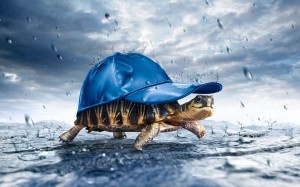
Take a leaf from Gene Kelly’s book and go singing in the rain. Rain can be a sensual experience. The hardest part really is getting out the door. Once you are out walking, you will soon realize that it’s not so bad. Your body is drip-dry. You are not made of sugar and you won’t melt in the rain. There is no reason to stop walking just because the rainy season has arrived. Whether it is April showers or autumn drizzle, you can boldly walk among the raindrops and survive.
Prepare to Walk in the Rain
Waterproof Shoes Dry feet make a huge difference in walking comfort, especially when walking in the rain. Waterproof shoes are widely available, although you pay a premium for them. You can also waterproof your shoes or boots yourself with a simple treatment.
Gore-tex lined boots and shoes are available in most brands of boots. You pay an extra $30 or more for this feature, which puts them in the $90 and above price range. My experience is that these are waterproof for several years. I include a pair of Gore-tex lined lightweight trail shoes in my walking gear, saving them for the truly-rainy days.
Sealers and Treatments
Much more cost-effective is to buy a treatment such as Sno-Seal and some welt/seam guard, both available for around $5, and treat your favorite pair of leather shoes/boots.
For footwear made of nylon, spray with a waterproofing fabric treatment such as Scotchguard or Tectron. I find this does a less-thorough job, but it can reduce some of the wetness or take it longer for the rain to penetrate.
Socks of Wicking Fabrics
Cotton socks are of no help when trying to keep your feet dry, they hold the moisture next to the skin, softening it and leaving it prone to blisters. Walkers should wear socks made of wicking fabric that will transport either rain or sweat away from the skin. A variety of high-performance wicking fabric sports and hiking socks are available at outdoors stores and running stores. CoolMax is a common sock fabric that wicks sweat and moisture away from the foot. SmartWool socks combine the insulation of wool with moisture control fabric.
Waterproof Jackets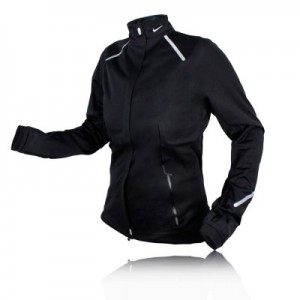
You can spend a little or a lot on a jacket or covering to keep you dry in the rain. Let’s start with the least expensive and work our way up.
Plastic Ponchos
In a pinch, you can grab a garbage bag and poke holes in it for your head and arms. Ugly, but it works. Slightly more stylish are the cheap plastic rain ponchos, available for a couple of dollars at most thrift stores. These fold up into a tiny envelope and look flimsy, but in fact can last for several wearings and are very effective. Ponchos lose some effectiveness in wind, however, as the wind can blow up them and drive rain in. The hoods are also usually clumsy to use. In warmer climates, they are not breathable and so you end up sweaty.
Rain Slickers
A step up from ponchos are the good old-fashioned rubberized/vinyl rain slickers. Look for those labeled waterproof rather than water resistant. These are waterproof but definitely not breathable, and can have quite an odor of rubber. Sometimes they have vents that are supposed to let out perspiration while keeping out water. A rain slicker is my best choice when walking at a moderate, un sweaty pace in a downpour for over an hour. The rain rolls off the outside rather than soaking into the outer fabric as happens with treated/layered waterproof jackets. These are often inexpensive and can be found at most clothing stores selling jackets. Look for styles that both button and zip for the best protection against wind driving the rain in. I prefer those with hoods.
Waterproof treated/layered jackets
A waterproof/breathable material is made by laminating or coating a thin membrane on the underside of a nylon or polyester face fabric. Gore-Tex is a laminate. Others achieve this by applying the coating as a liquid in layers to the underside of the fabric. Coatings may be more resistant to abrasion. The outer layer of the fabric may appear to get wet, especially once the original outer fabric treatment has worn off, but rain should not penetrate beyond this outer layer. Your clothing layers under the jacket stay dry. With moderate activity and some sweating you will stay drier with a waterproof/breathable jacket. But with intense activity or sweating, even the breathable fabrics can’t accommodate the sweat and you will end up wet. Waterproof jackets will run from $65 – $300. Look for the one with the features you need for comfortable walking in all weather. Outdoor stores are the best sources for these jackets.
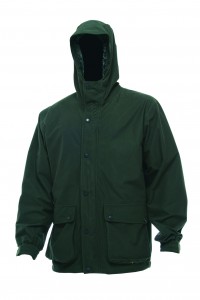 Things to look for in jacket construction
Things to look for in jacket construction
- Vents and underarm zippers: allow you to achieve greater venting of perspiration
- Hood: is there an integral or removable hood. How does it fit you? Is it adjustable for wearing a cap? How well can you see when using the hood? Is there a drawstring at the opening to draw it closed around your face?
- Neck protection: does the jacket have a collar which can be buttoned or zipped or have a drawstring to adjust the collar against wind and rain?
- Comfort: How well can I see? Do I feel any neck strain or discomfort? Drawstring: Drawstrings at waist and at the bottom to allow adjustment of the fit
- Zippers: Two-way zippers to allow you to zip it up a bit from the bottom for better leg and hip motion
- Zipper Covers: Fabric placket covers zipper to provide more protection against wind-driven rain
- Pockets: Enough pockets in the places you want them. Closings to keep things waterproof
- Factory-sealed seams: The seams are where leakage will develop first
- Cuffs: comfortable closure with elastic or with a velcro tab
- Shoulder room: Shoulders allow good arm motion
- Style: Some people prefer the pullover anorak style, others the jacket style.
Cotton is a terrible fabric for wearing in wet weather. It holds moisture on the skin and does not dry fast.
Waterproof old-fashioned rubberized/vinyl rain pants are a good choice for walking long distances at a moderate to easy pace in constant rain. The rain rolls off. They hold the sweat in, so they are not useful if you are walking at a sweat-producing pace. Usually these zip fully up the sides, allowing you to step into them or wear them over other pants, shorts, or tights. Rain pants are often cold against the skin, so an under layer is recommended.
Hats
Keep your head dry in the rain and you have won most of the battle. Waterproof hats or caps – made with Gore-tex or other laminates/treatments Rain hats of vinyl or rubberized coatings are fine, your head rarely will notice that they are not breathable Spray your favorite cap or hat with Scotchguard fabric treatment or similar fabric treatments to make them waterproof. This wears off, but you can reapply it periodically Cheap plastic rain hoods are available everywhere, if you can stand the fashion statement In a pinch, a shower cap would work.
Things to remember
- With rain there is less visibility for drivers. Wear brighter colors or reflective clothing, make sure they see you when you cross intersections or if you must walk on the side of the road
- If you are going to a walking event and must drive there, have a dry change of clothes – including underwear, socks, and shoes, plus a towel in a bag. Change immediately after finishing. This will keep you from getting chilled as you drive home
The key to enjoying the rain is to have a warm, dry place to retreat to as soon as you finish your walk. Have a pot of hot coffee or tea ready for your return, and a fluffy robe to snuggle in before a hot, relaxing bath or shower.

